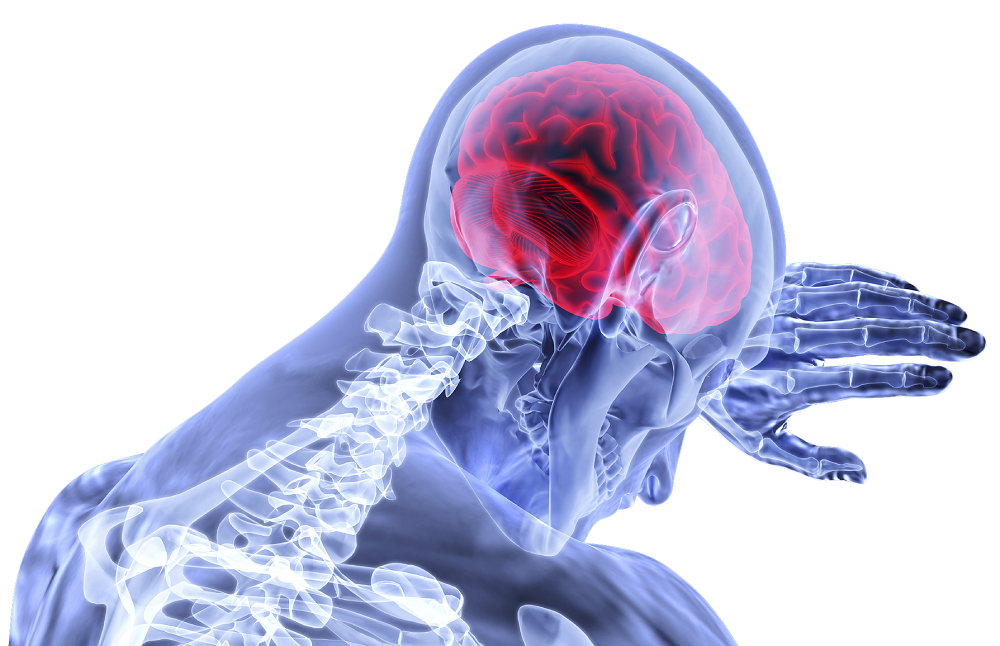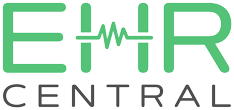Causes of Stroke and Evaluation of Preventive Treatment
A mini stroke, or Transient Ischemic Attack (TIA) is due to a temporary blockage of the blood vessel in the brain and the flow then resumes and symptoms resolve in less than 24 hours. TIA indicate a high risk of developing a complete stroke.

Brain ischemia, also known as stroke, is a condition caused by sudden lack of oxygen to a segment of the brain. It is the third most common cause of death and disability worldwide. Each year over 15 million people suffer from stroke annually and a third of this population dies.
It is very important to know the causes of stroke, its prevention and how to recognize at the earliest onset signs of stroke for possible treatment.
Types of strokes
- Ischemic stroke due to sudden blockage of blood flow caused by a blood clot, from the heart or the blood vessel wall from atherosclerosis.
- Hemorrhagic stroke, less common, but more serious. A blood vessel in the brain burst due to weakened vessel wall form uncontrolled high blood pressure.
- A mini stroke, or Transient Ischemic Attack (TIA) is due to a temporary blockage of the blood vessel in the brain and the flow then resumes and symptoms resolve in less than 24 hours. TIA indicate a high risk of developing a complete stroke.
Causes of stroke
- Hypertension or blood pressure higher than 140/90 mmHg.
- Heart disease: Atrial fibrillation (irregular heartbeat) which can occur any age but more common after 70 years of age and even among healthy athletes.
- Blood clots can form inside the heart after a heart attack.
- Diabetes which damages the blood vessels. DM is associated with co-morbid disease like hypertension and obesity.
- Medication such as birth control pills which increase blood clotting.
- Aging: stroke incidence every decade
- Genetic predisposition: Coagulation disorders like Factor V Leiden mutation, Apo-E, Apo-A, sickle cell disorders, family history of hypertension and Diabetes increase risk of stroke.
- Gender and Race- Women have protection in younger ages but after menopause equalize risk to men. African Americans have increased risk due to sickle cell disorder and hypertension.
Also Read: Anxiety and Depression with the Coronavirus Pandemic
Symptoms and signs of stroke: F.A.S.T.
F= Face: if you notice sudden weakness on one side or unable to move
A=Arm: if you have them lift both arms to chest level with palms face up, one hand will start drifting down.
S=speech: Ask them to speak a sentence and if this is unclear or strange blabber.
T=Time: will help determine if further treatment can be given.
Other symptoms may include:
- headache
- weakness -face, arm or legs on one half of the body.
- confusion or trouble speaking and following instruction.
- confusion or trouble speaking and following instruction.
- confusion or trouble speaking and following instruction.
Also Read: Types of Headache and Notable Factors for Treatment
Do you carry any of these symptoms?
Evaluation of stroke risk:
- A complete review of history and examination.
- Blood tests to check organ function, cholesterol, coagulation disorders
- Computerized Tomography (CT) or Magnetic Resonance Imaging (MRI); the check depends on ischemic or hemorrhagic stroke.
- Carotid Ultrasound to check for blood vessel wall atherosclerosis and blockage.
- Echocardiogram to check for clot formation and underlying structure and function of the heart.
- EKG and/or Holter monitor to evaluate rhythm.
- Angiogram in rare cases to look closely for blockages.
Also Read: Delay in Seeking Healthcare Leads to Dire Consequences
Immediate Treatment
Patient will be taken to stroke center or closest hospital where the diagnosis can be confirmed with tests. Once determined that the stroke is Ischemic, thrombolysis (clot busting) is considered.
For immediate treatment, Thrombolysis is performed only within the first 3 hours of onset of stroke. Thrombolytic drug is administered intravenously which breaks up the clot. This treatment comes with complications of bleeding and so the patient is observed for risk of bleeding.
An interventional radiologist may also be involved if one is available and a catheter can be used to give the medication closer to the brain or the clot can be removed mechanically.
Preventive treatment
- Routine Antiplatelet agents which help thin the blood and prevent clotting.
- ASA or Acetylsalicylic acid (Aspirin), clopidogrel (Plavix), Prasugrel (Effient), Ticagrelor (Brilinta) are recommended depending on the scenario.
- Novel oral anticoagulants such as Apixaban (Eliquis), Rivaroxaban (Xarelto), Dabigatran (Pradaxa) can be used if the stroke is caused due to Atrial fibrillation.
- Other treatment for Hypertension, high cholesterol, Diabetes.
- General habits of daily exercise, weight loss, and smoking cessation.
- Surgery for the heart defects or bypass of clogged arteries in the neck may be indicated if the causes are found.
The number of people at risk of developing serious stroke is growing significantly. The causes of stroke vary and you need to be sure that you are doing safe. The specialists at mHospital can assist you in identifying the risks involved with appropriate diagnostic procedures and ensure effective treatment. Our mobile doctor app enables you to see a doctor online if you intend not to visit doctor office.





